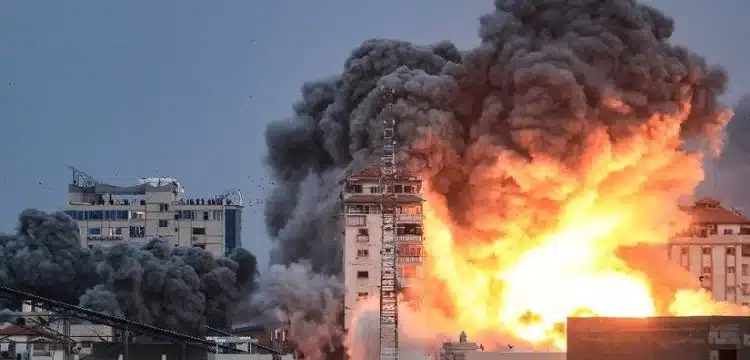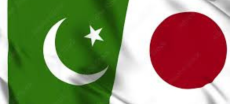[vc_row][vc_column][vc_column_text dp_text_size=”size-4″]Israel has announced that its military operations against the Palestinian resistance movement Hamas in southern Gaza are set to transition into a less intensive phase. This decision comes as the Gaza health ministry reported a death toll exceeding 24,000 in the territory. After more than 100 days of conflict, Prime Minister Benjamin Netanyahu’s government faces mounting international pressure to halt the fighting due to escalating civilian casualties and a deepening humanitarian crisis in Gaza.
The situation is further complicated by deadly violence in the occupied West Bank, border exchanges with Lebanon, and U.S. strikes on Yemen’s Houthi fighters supporting Hamas, raising concerns about a broader regional escalation beyond Gaza.
Read more : South Africa Dismisses Cricket Captain Over Pro-Israel Statement
UN Chief Antonio Guterres has reiterated the call for an immediate humanitarian ceasefire to ensure aid delivery, release hostages, and prevent a wider war. The death toll in Gaza, primarily affecting women, young children, and adolescents, has reached at least 24,100, constituting around one percent of the territory’s population. Israeli airstrikes have reportedly killed an additional 78 people, bringing the total since the ground invasion began to 189, with one soldier dying recently.
Israeli Defence Minister Yoav Gallant announced that the intensive operations in southern Gaza would soon wind down, following a similar pattern in the northern Gaza Strip. However, a specific timeframe for this transition was not provided. Israel confirmed the withdrawal of one of its four divisions operating in the territory.
Despite indications of a phased reduction in operations, Israeli officials, including Netanyahu, have warned that the conflict in Gaza may persist for months. Looking ahead to post-war administration, Gallant emphasized that Palestinians in Gaza would govern the territory, emphasizing the need for the future government to grow from within the Gaza Strip.
The UN reports that the war has displaced approximately 85 percent of Gaza’s population, leading to overcrowded shelters and severe shortages of essential supplies like food, water, fuel, and medical care. Displaced individuals describe the dire conditions, with one resident highlighting the devastation in central Gaza’s Al-Bureij.
Footage from the region shows ongoing smoke and explosions, particularly in southern cities like Khan Yunis and Rafah. As temperatures drop, families in makeshift tents in Rafah resort to burning plastic to stay warm, despite the associated health risks.
The Israeli public continues to exert pressure on the government to secure the return of captives taken by Hamas on October 7. A video released by Hamas’s armed wing showed a woman hostage, revealing that two male captives had died in Israeli bombardments. The Ezzedine al-Qassam Brigades attributed the deaths to Israeli bombings, a claim contested by the Israeli army, which acknowledged targeting locations near the captives and initiated an investigation.
Amid the Gaza conflict, violence involving regional allies of Hamas has surged. Yemen’s Houthi fighters, claiming solidarity with Gaza, launched a missile strike on a U.S.-owned cargo ship. This follows recent U.S. and British bombings in Yemen in response to repeated attacks on shipping in the Red Sea. A fresh incident at sea was reported by the British maritime security agency, involving a ship that was circled by a small craft but departed after warning shots were fired.[/vc_column_text][/vc_column][/vc_row]











